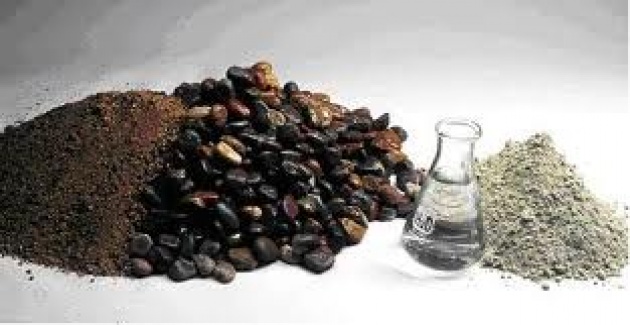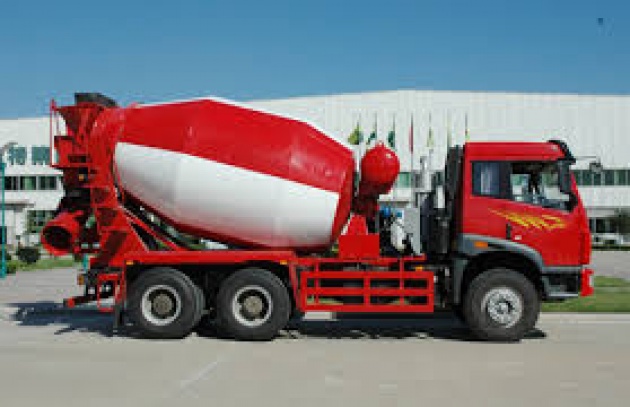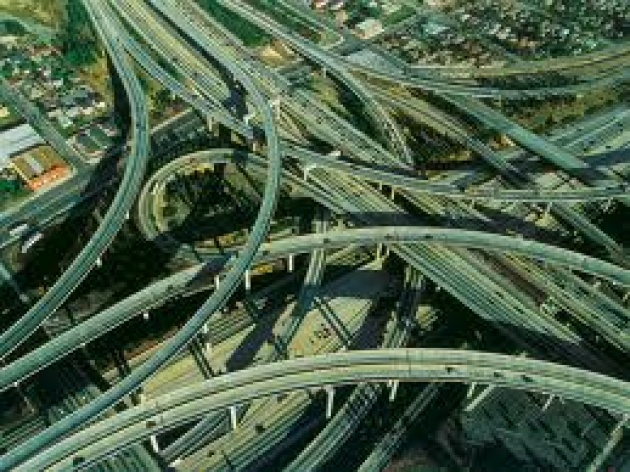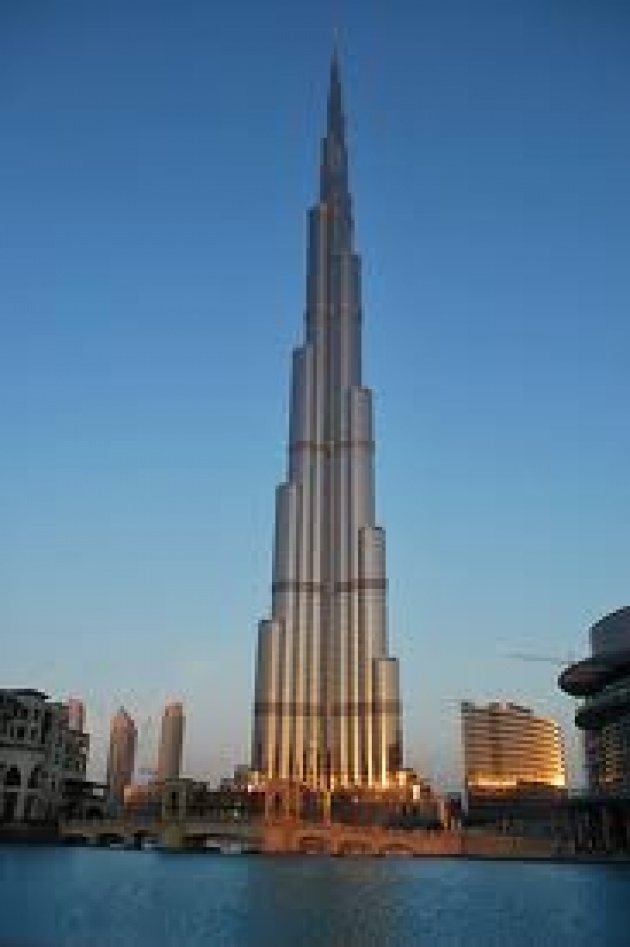Ingredients of concrete.
Concrete is the result of mixing together specific quantities of sand, cement, stones and water (i.e. Cement is  one of the constituents of Concrete).
one of the constituents of Concrete).
Concrete making has moved on from its earliest beginnings some 9000 years ago, but the principle is still broadly the same.
Where is concrete made?
Concrete can either be cast on site or in a factory. If it is cast on site, it can either be mixed on site or delivered by truck mixer from one of the many ready-mixed concrete suppliers.
What is concrete used for?
Concrete is used for buildings, roads, paving, bridges, tunnels, dams, railway sleepers, oil rigs and much  more. It can even be used for boats, ornaments, artworks and work surfaces.
more. It can even be used for boats, ornaments, artworks and work surfaces.
And let’s not forget the infrastructure, often unseen, upon which our world is built, including foundations, sewers, water treatment plants, sea walls, protection against radiation and creating energy from wind and sea.
Concrete can be functional and aesthetically pleasing, strong and durable, economical, fire resistant and versatile.
It can be used to, reduce noise (for example, curved precast concrete panels at airports) and save energy (e.g. the thermal mass of concrete enables it to absorb, store and later radiate heat).
Remember that, concrete is very strong in compression, but it is relatively weak when it is pulled(i.e. when it is  in tension) therefore we place some other materials in it” e.g. steel bars” that is strong in tension.
in tension) therefore we place some other materials in it” e.g. steel bars” that is strong in tension.
There are some other constructional materials which should be differentiated from concrete such as, Grout and mortar.
A Grout is mixture of cement and water. Among a number of applications, grouts are commonly used to fill the voids left around holding down bolts and beneath the baseplates on steel columns, or for grouting-in prestressing cables.
A mortar is a mixture of cement, water and sand (where sand is defined as a fine aggregate with a particle size of less than 5 mm) and is commonly used for binding other building materials, such as bricks and blocks, together.
Eng. Sharif



